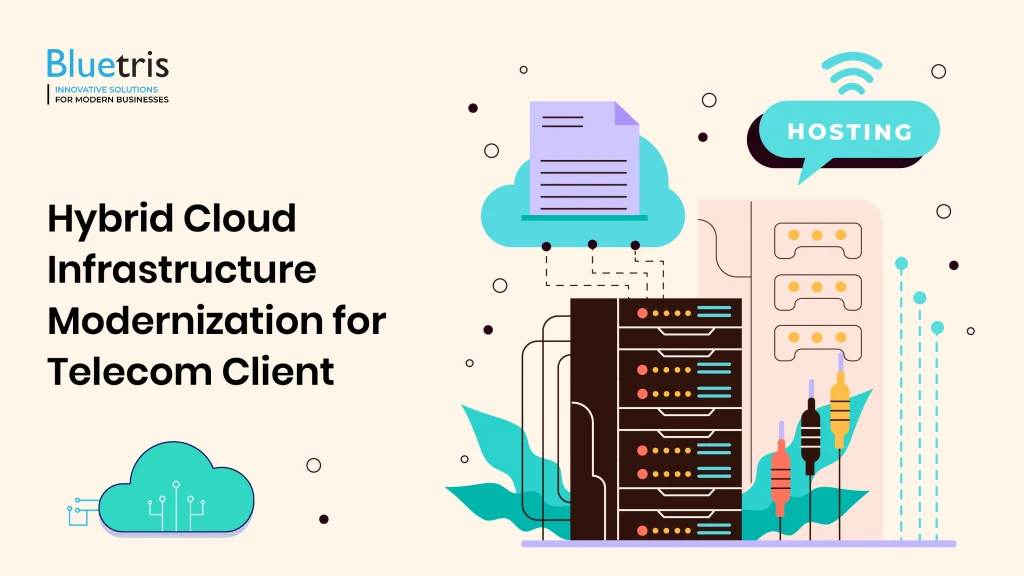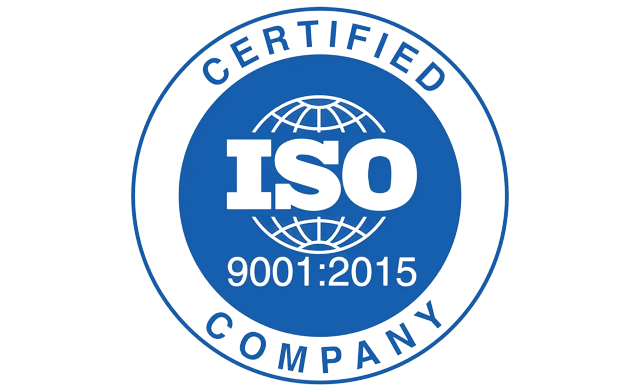Hybrid Cloud Infrastructure Modernization for Telecom Client
Client Background A leading telecommunications company, approached our consultancy firm to modernize their infrastructure, aiming to improve scalability, reliability, and security while reducing operational overhead. They sought to leverage the capabilities of both AWS and Google Cloud Platform (GCP) to achieve a hybrid cloud solution. Project Overview The project involved architecting an end-to-end infrastructure solution …
Continue reading “Hybrid Cloud Infrastructure Modernization for Telecom Client”
Talk to our Consultant








